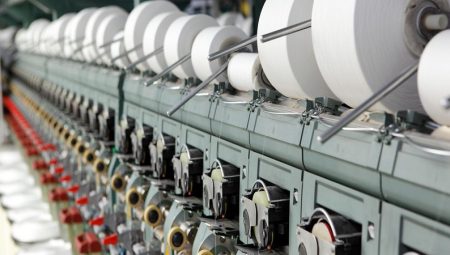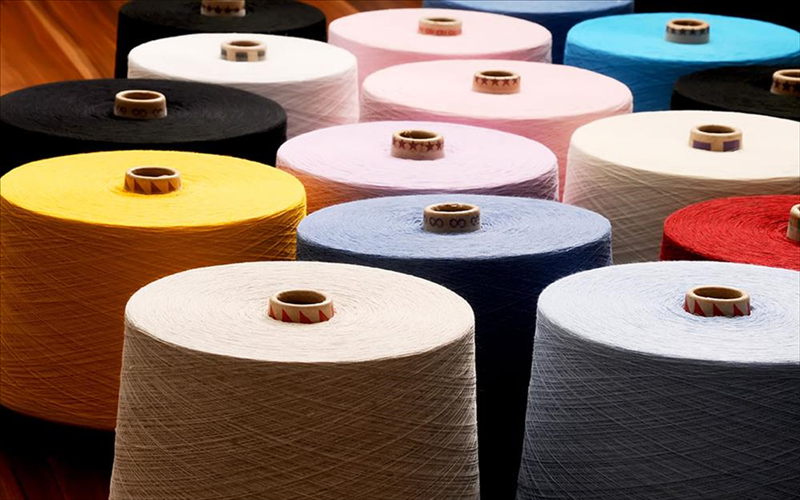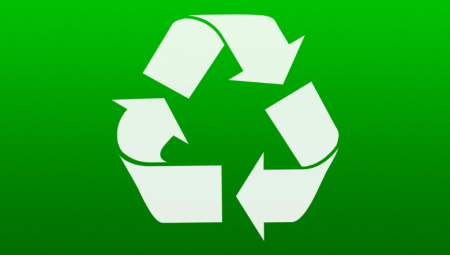**Knitting: The Secret to Flexible and Comfortable Textile Production**
Knitting is one of the most common production methods used in the textile industry. It is especially preferred to produce flexible, comfortable and lightweight fabrics. Knitting is the process of turning yarns into fabric by interlacing them to form loops. Unlike weaving, this method makes the fabric more flexible and is therefore frequently used in clothing. This article will discuss the knitting process, the machines used, the advantages of knitted fabrics and their common areas of use.
### What is Knitting?
Knitting is a fabric production technique made by processing a single yarn or multiple yarns to form loops. Knitted fabrics gain a natural flexibility thanks to the interlocking of yarns through loops. This flexibility offers great comfort, especially in clothing items. Knitted fabrics are divided into two main groups: **plain knitting** (knitwear) and **circular knitting** (sock knitting). These two methods are made with different machines and techniques and determine the structure of the fabrics.
### Knitting Process
1. **Yarn Preparation:**
Before starting the knitting process, the yarns must be of appropriate thickness and type. The yarns to be used are prepared in advance for the knitting process and fed to the machines. The quality of the yarns directly affects the overall quality of the knitted fabric.
2. **Loop Formation:**
In the knitting process, the yarns are connected to each other in loops. These loops form the basic structure of the fabric. The tightness and size of the loops play a determining role in the flexibility and texture of the fabric.
3. **Different Knitting Techniques:**
The structure and properties of knitted fabrics vary depending on the knitting technique used. **Plain knitting** (knitwear) is one of the most widely used methods and is generally used in clothing. **Circular knitting** is preferred in the production of flexible garments such as socks and tights. In addition, **fancy knitting techniques** are also used to give special patterns and textures to fabrics.
4. **Finishing Processes:**
After the knitting process is completed, the fabrics are usually subjected to various finishing processes. These processes are done to increase the softness of the fabric, maintain its shape and give it the desired aesthetic properties.
### Knitting Machines
Knitting machines are complex mechanisms that allow the yarns to form loops. Modern knitting machines have the capacity to produce at high speed and in large quantities. These machines are designed according to different knitting techniques and fabric types.
– **Flat Knitting Machines:** Used to produce flat knit fabrics. These machines are generally preferred to produce wide fabrics and process the yarns horizontally during the knitting process.
– **Circular Knitting Machines:** Circular knitting machines produce tube-shaped fabrics. These machines are used especially in the production of flexible and body-fitting garments such as socks, tights and underwear.
– **Jacquard Knitting Machines:** These machines are used to create complex patterns and motifs. Jacquard knitting machines are equipped with computer-aided technologies to obtain detailed patterns on the fabric.
### Advantages of Knitted Fabrics
1. **Elasticity:** The most distinctive feature of knitted fabrics is their natural elasticity. This elasticity allows clothes to fit better on the body and provide freedom of movement.
2. **Comfort:** Knitted fabrics are skin-friendly and offer high comfort thanks to their soft and light textures. These features provide a great advantage especially in daily clothes, underwear and sportswear products.
3. **Breathability:** Knitted fabrics provide air permeability thanks to the gaps between the yarns. This helps clothes regulate body temperature and minimize sweating.
4. **Variety:** Knitted fabrics can be produced with a wide variety of yarn types and knitting techniques. This variety offers a wide range of creativity to fashion designers and textile manufacturers.
### Areas of Use of Knitted Fabrics
Knitted fabrics have a very wide range of uses in the textile sector. Especially in the clothing sector, they are preferred in many products such as t-shirts, sweaters, socks, underwear and sportswear. In addition, knitted fabrics are also used in products such as blankets, pillowcases and duvet covers in home textiles. In the industrial field, knitted fabrics are widely preferred in products that require flexibility and durability.
### Conclusion
Knitting is a basic method that plays a critical role in providing flexibility and comfort in textile production. Knitted fabrics have an indispensable place in the textile world thanks to their wide range of uses and aesthetic diversity. Developing technology and innovative yarn types continue to increase the quality and performance of knitted fabrics, which ensures that knitting techniques maintain their importance in the textile industry.





